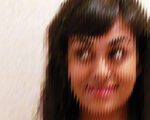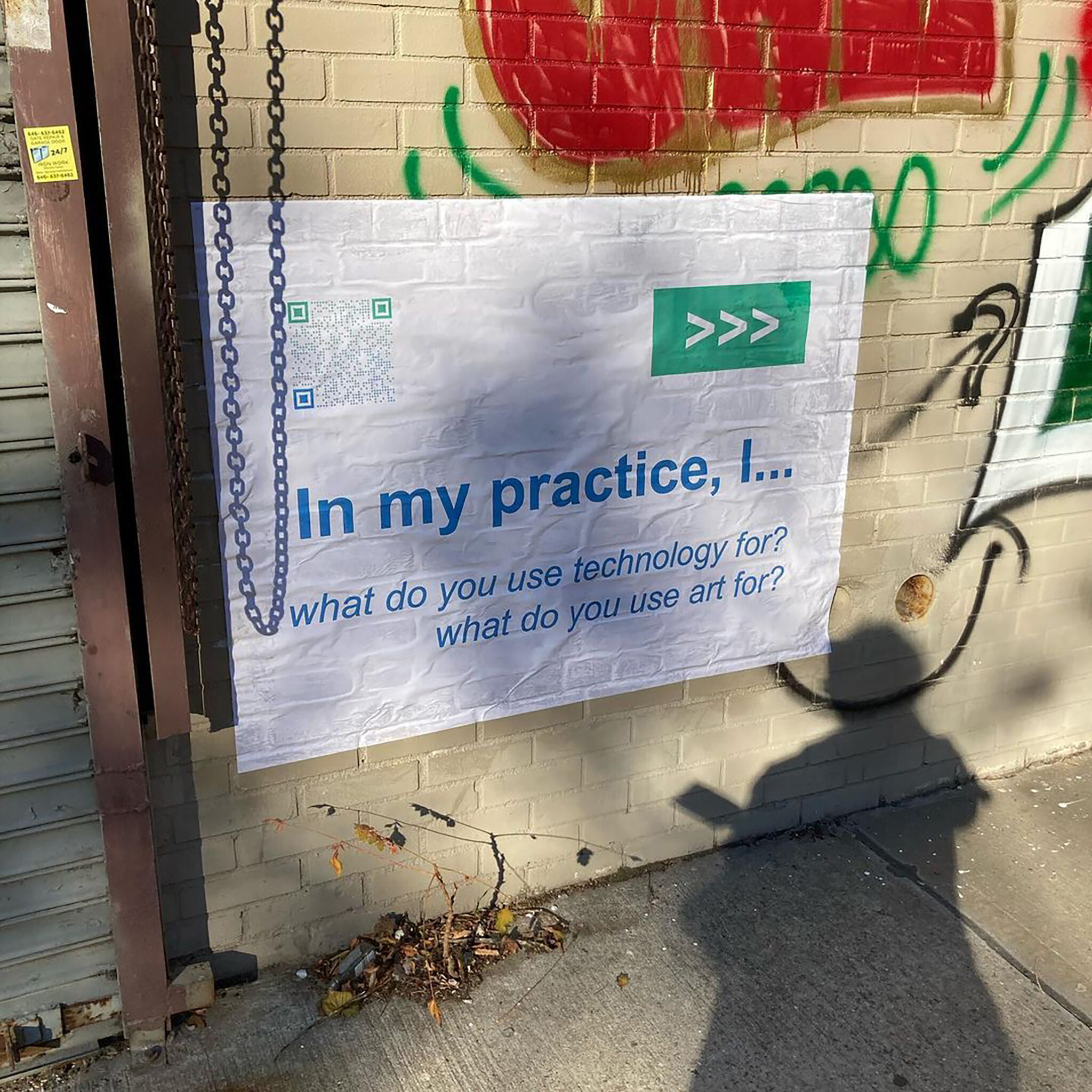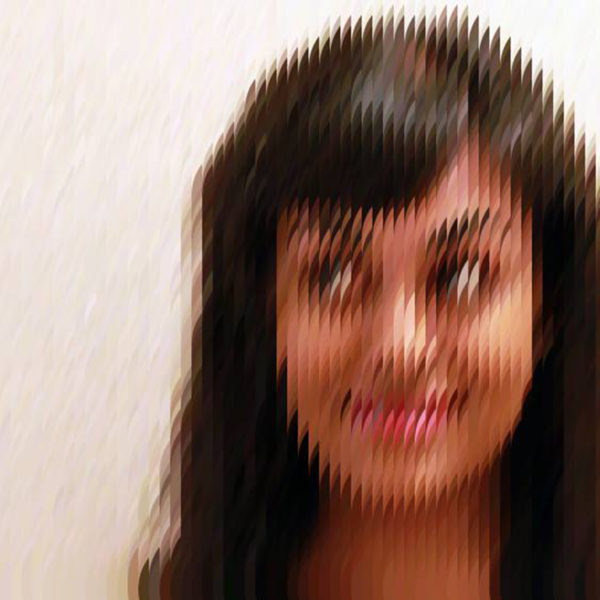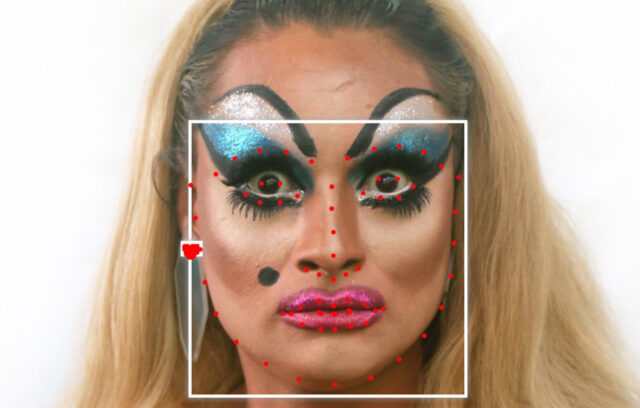How do you characterize the media you work in?
I work with net art and developing for the web, creating things like browser extensions and Web Native apps, but I also make components of those pieces as prints, self-published zines, and booklets; I’m interested in having multiple components of the same project exist in different kinds of digital and physical spaces.
How does your practice engage with technology?
My art practice has lately integrated the work I have done towards my PhD at the University of Pennsylvania, where my dissertation research looks at the relationships between new media artists and the technology industry. My project makes the argument that, while artists tend to view themselves as existing extraneously to the tech industry, they are very much embedded in it. The only way we can effectively maneuver around restrictions, biases, and surveillance in tech, is if we acknowledge that we are complicit in these systems; much of my artwork has been exploring these ideas and avenues for solidarity and change in the field.






